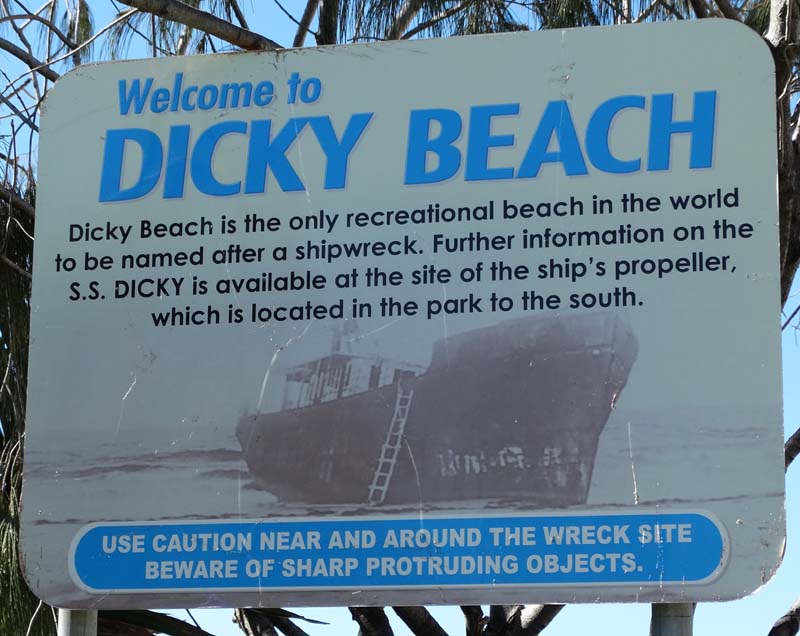
This sign is just as you walk onto the beach.
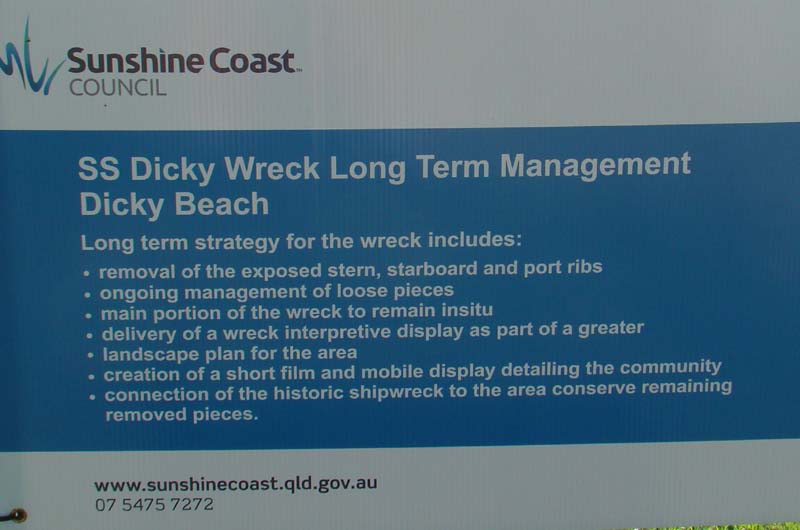
This sign is in the Dicky Beach park. This is what the council plan to do.
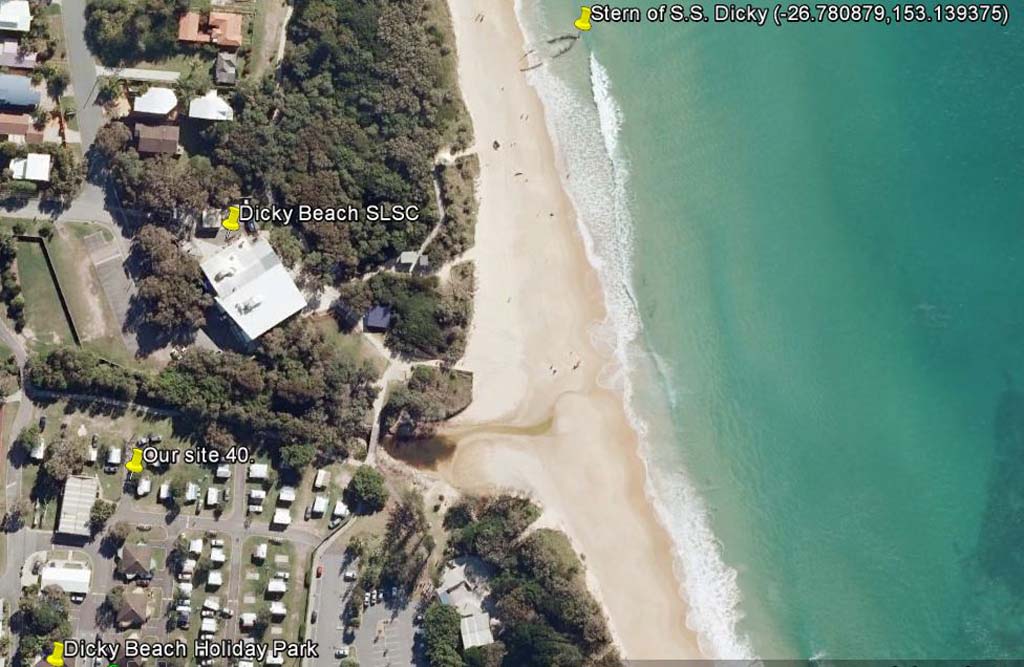
This is a map of where we stay at Dicky and how close we were to the S.S. Dicky.
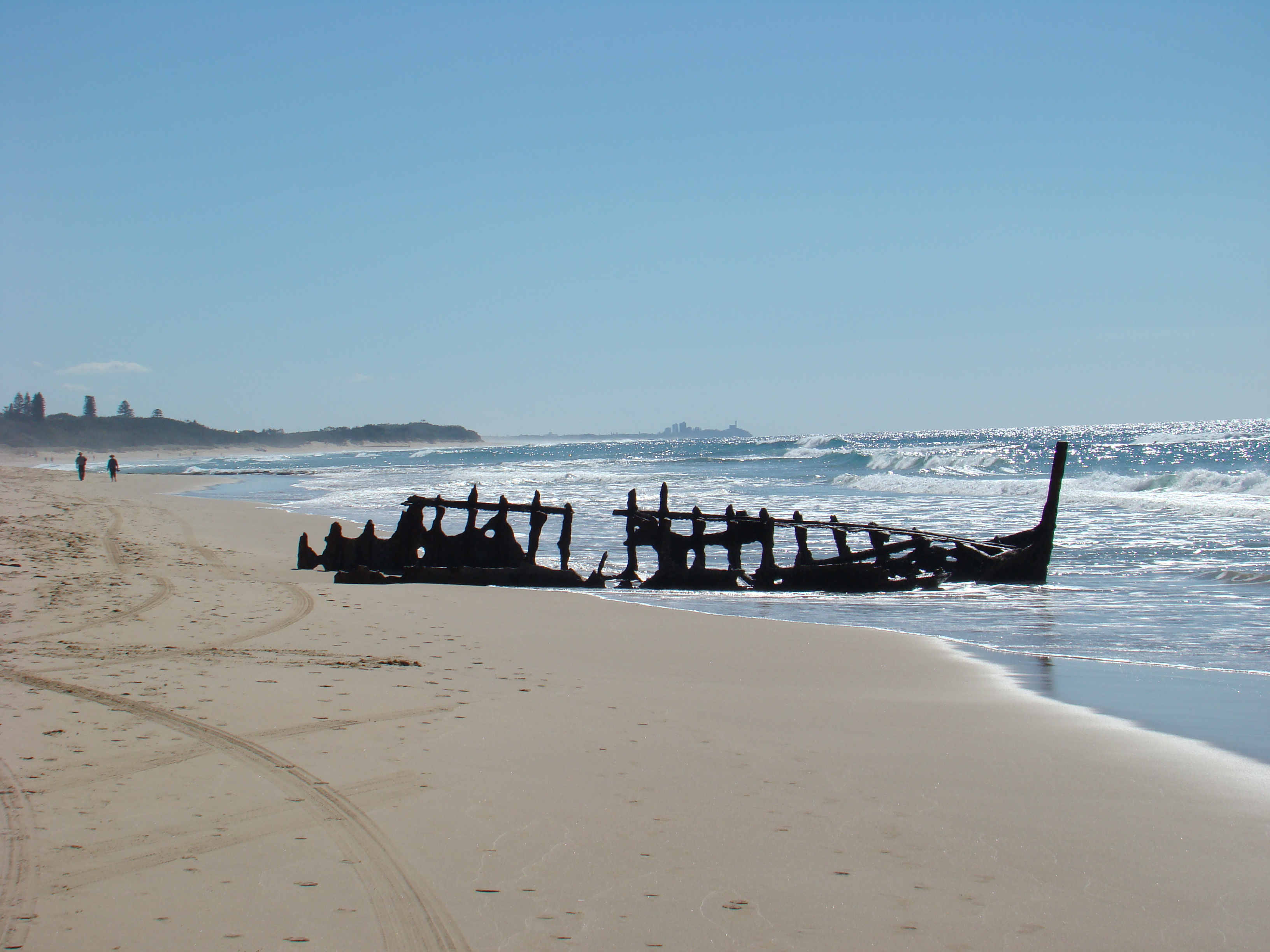
Taken 21st May 2008.
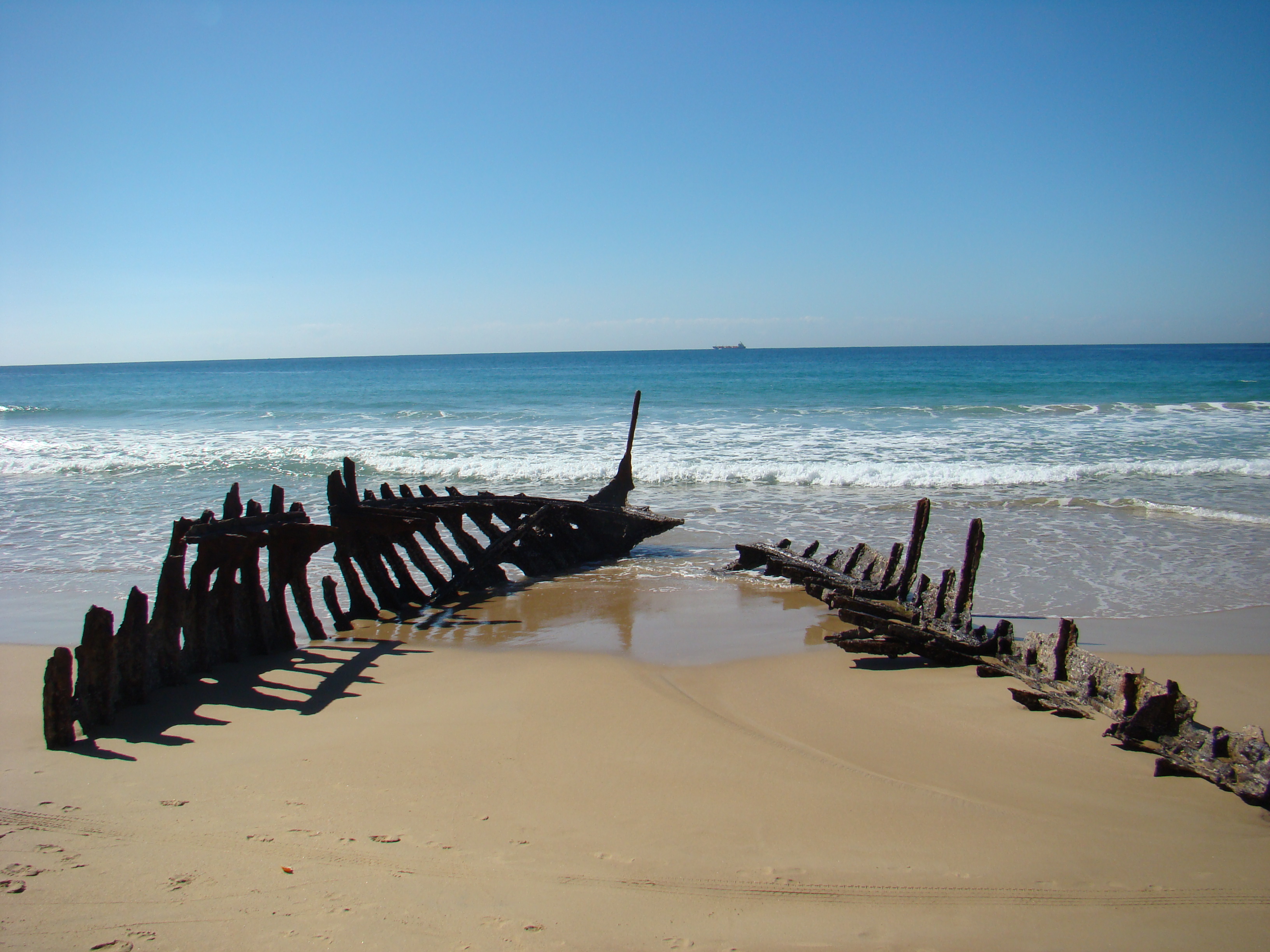
Taken 21st May 2008.
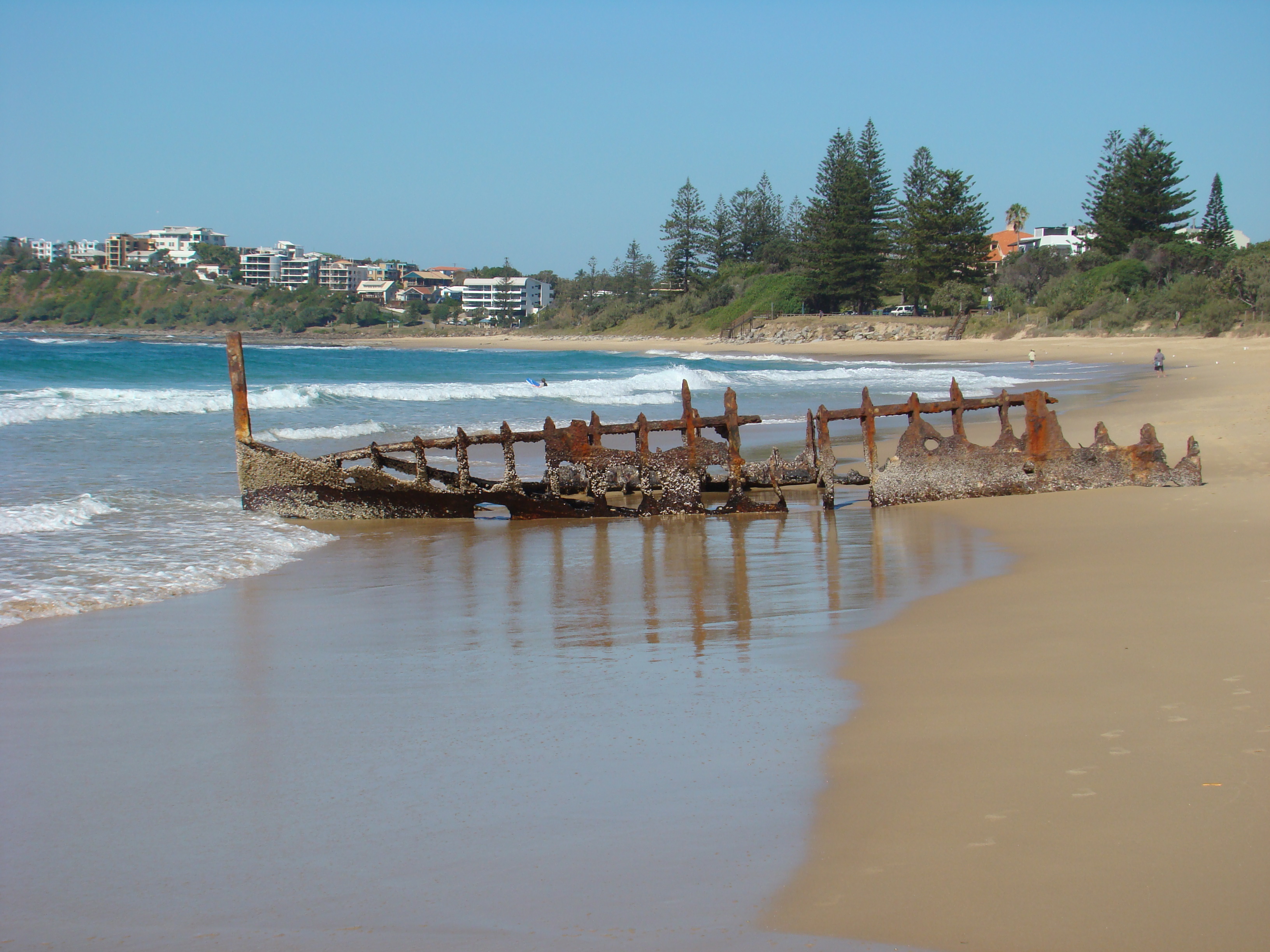
Taken 21st May 2008.
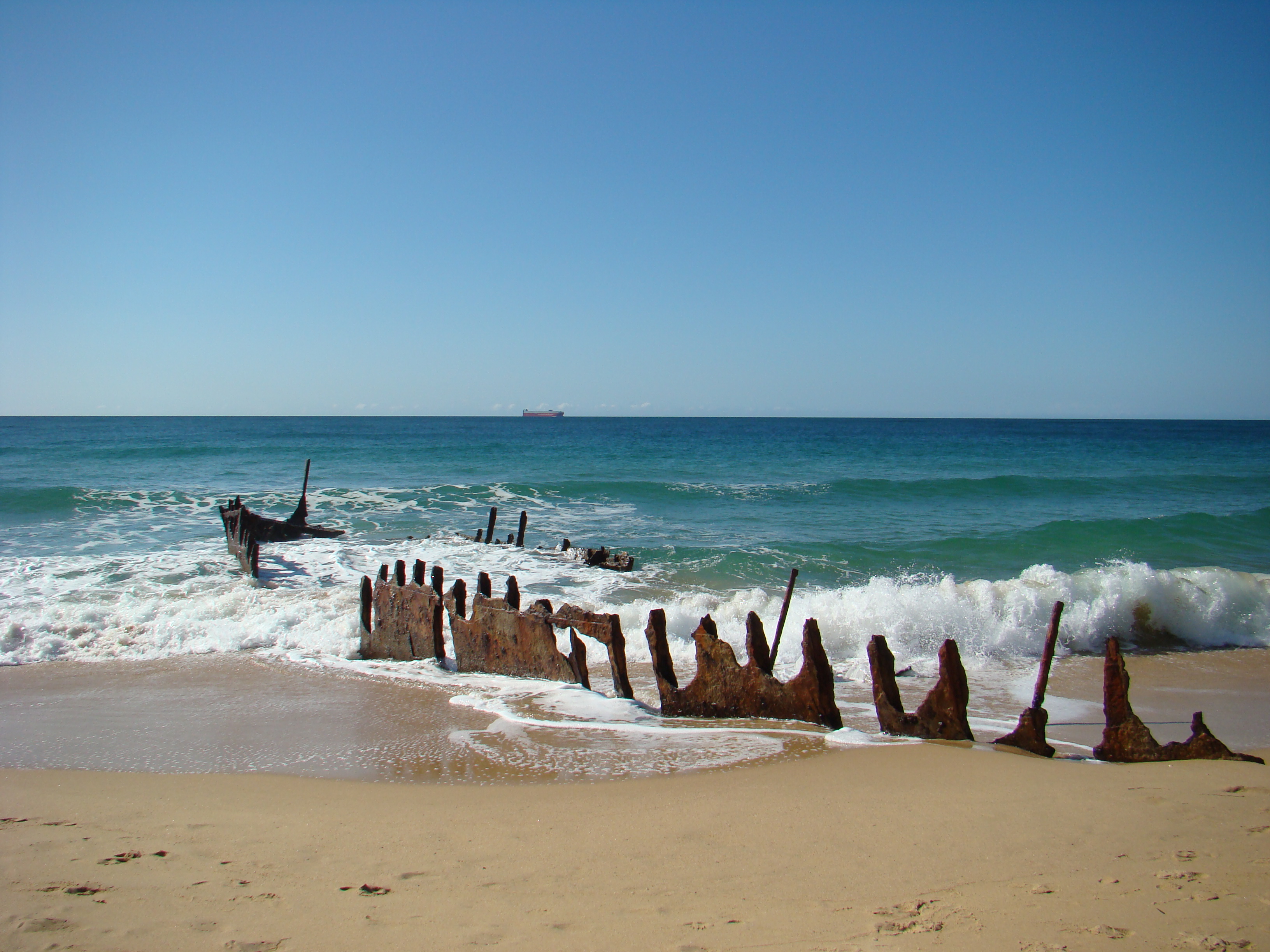
Taken 27th July 2009.

Taken 27th July 2009.
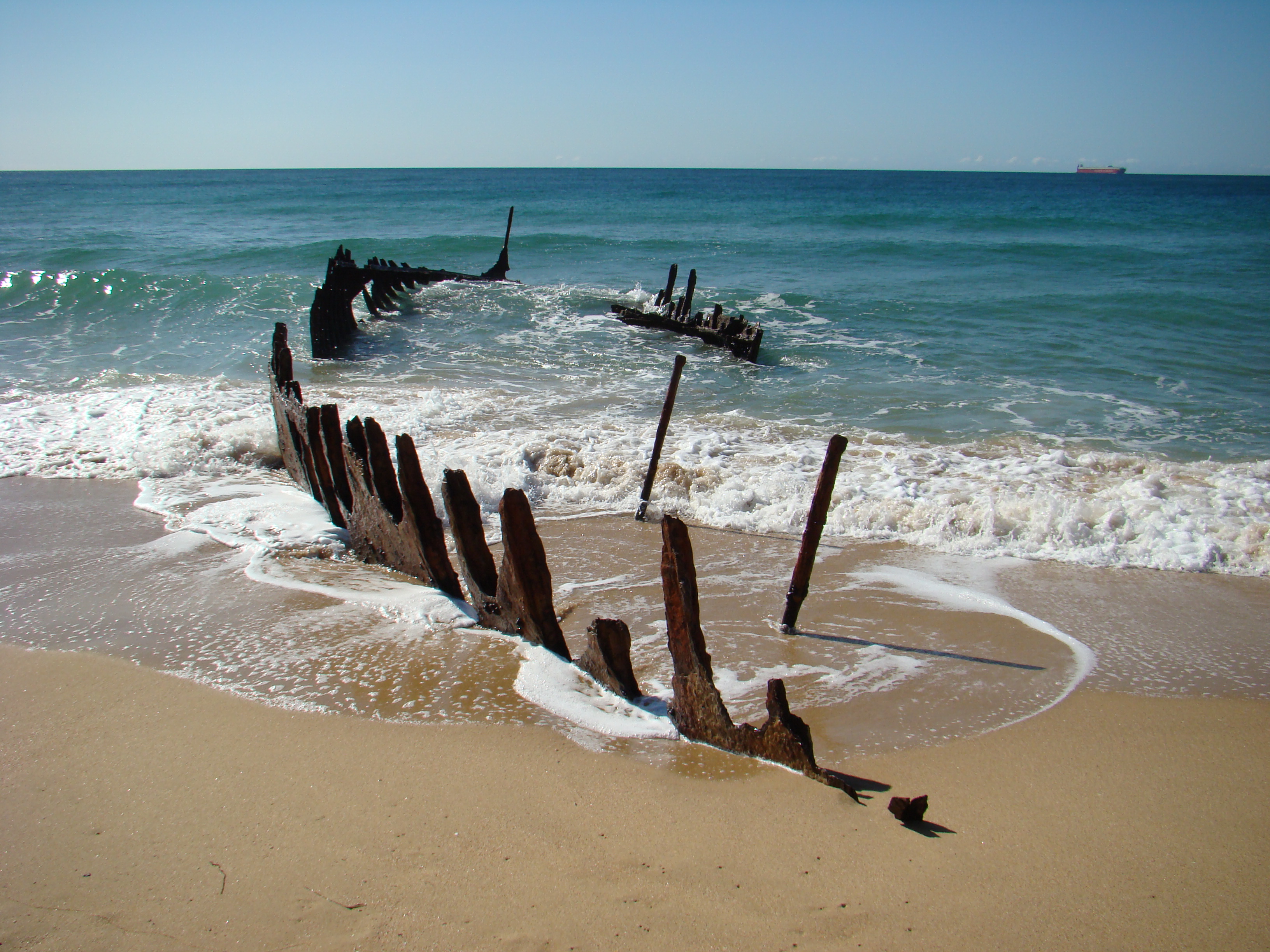
Taken 27th July 2009.
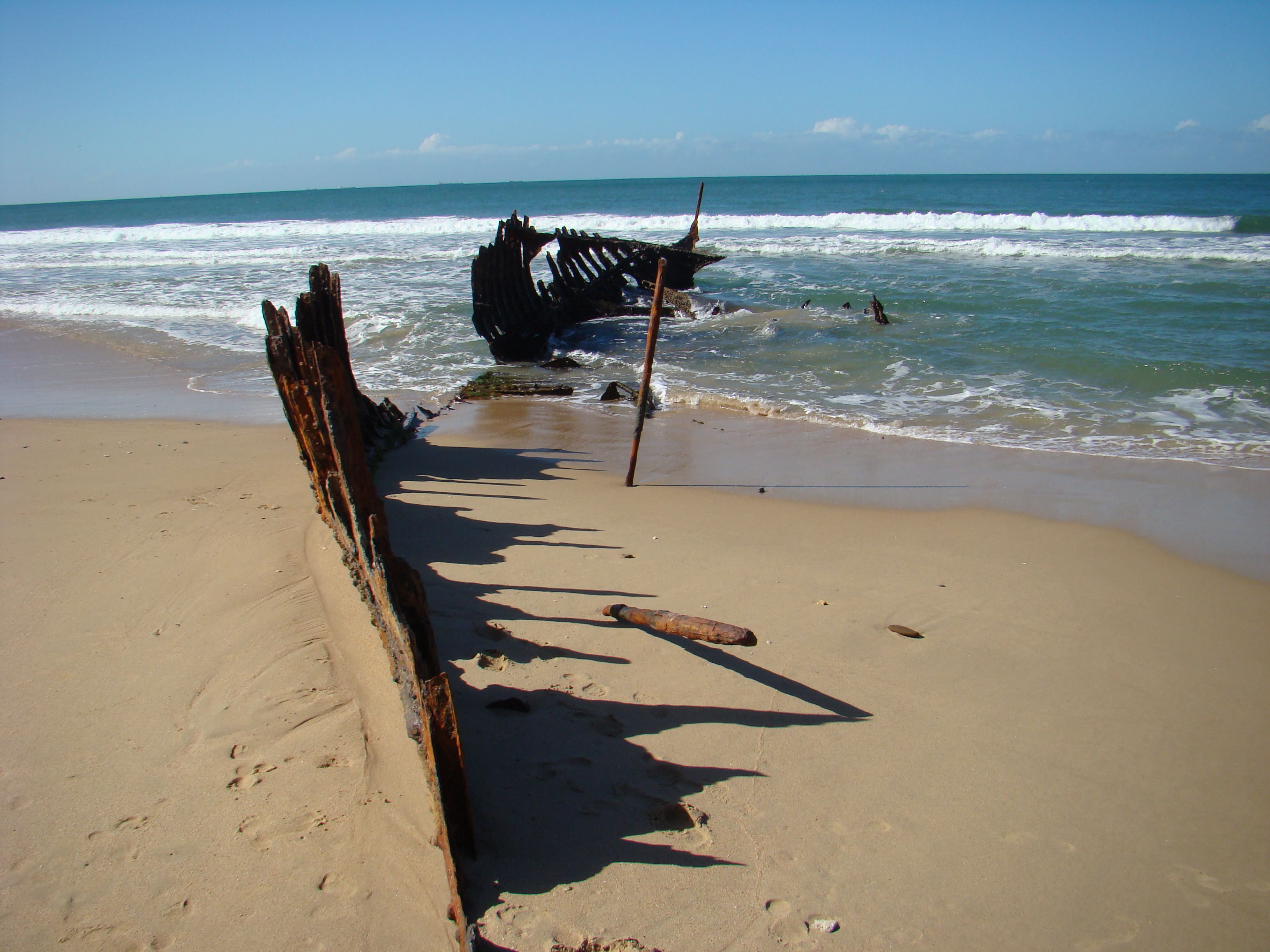
Taken 20th July 2012.
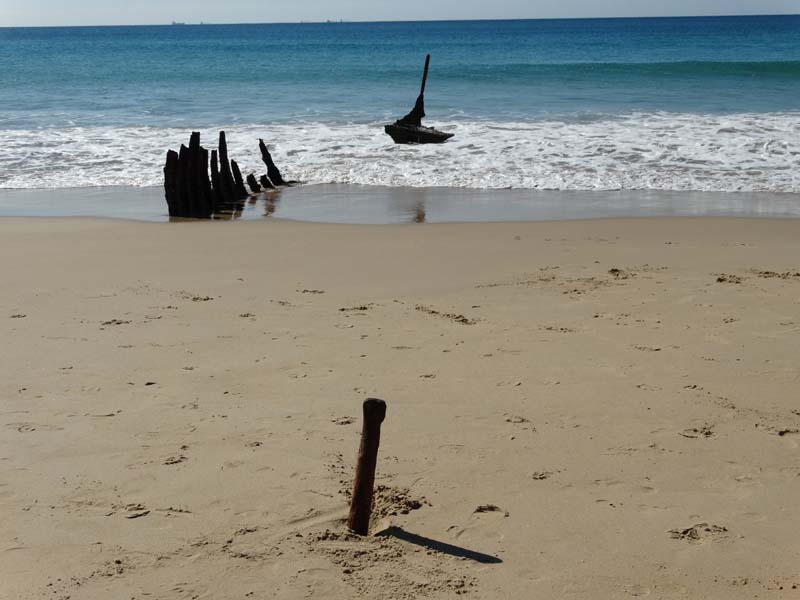
Taken 13th July 2014 - Cyclone Oswald in Jan 2013 really damamged the wreck.
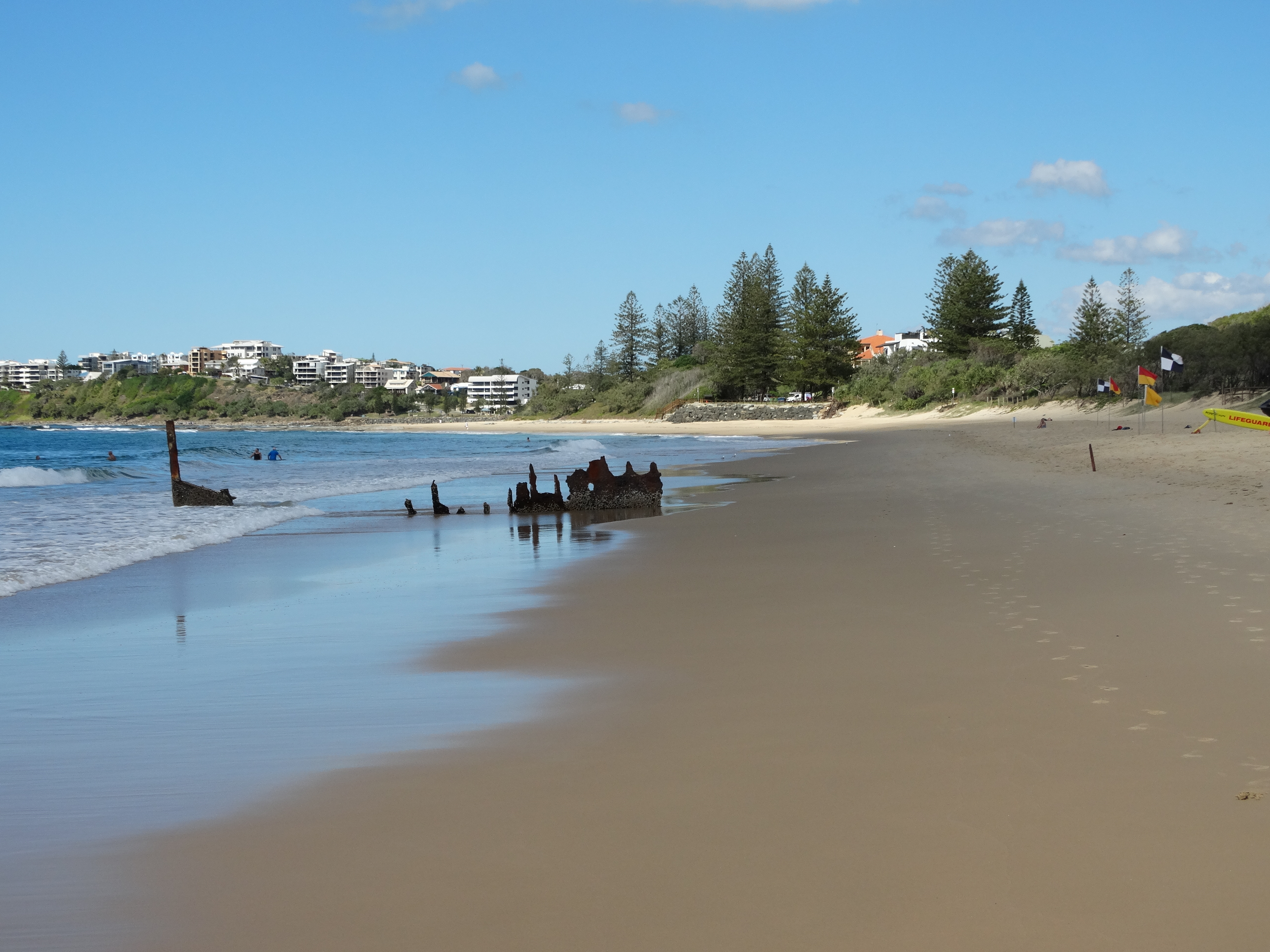
Taken 28th July 2014.
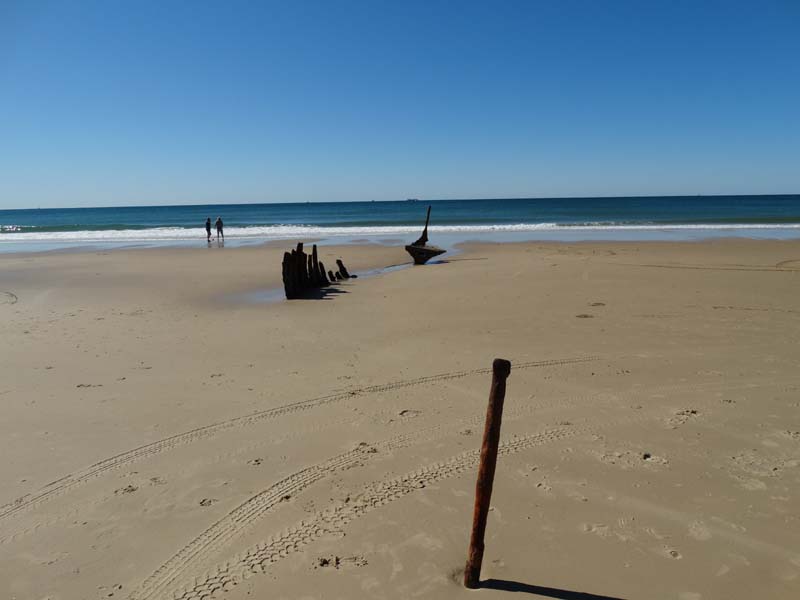
Taken 12th July 2015.
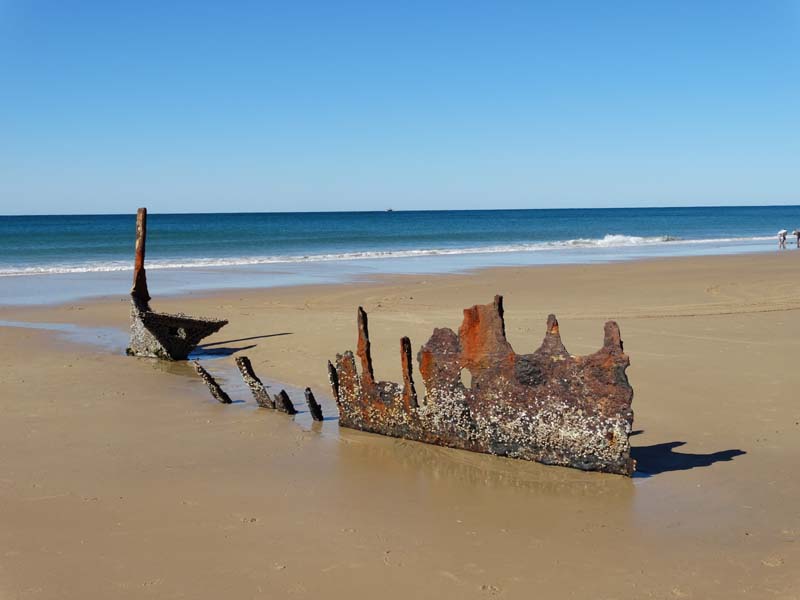
Taken 12th July 2015.
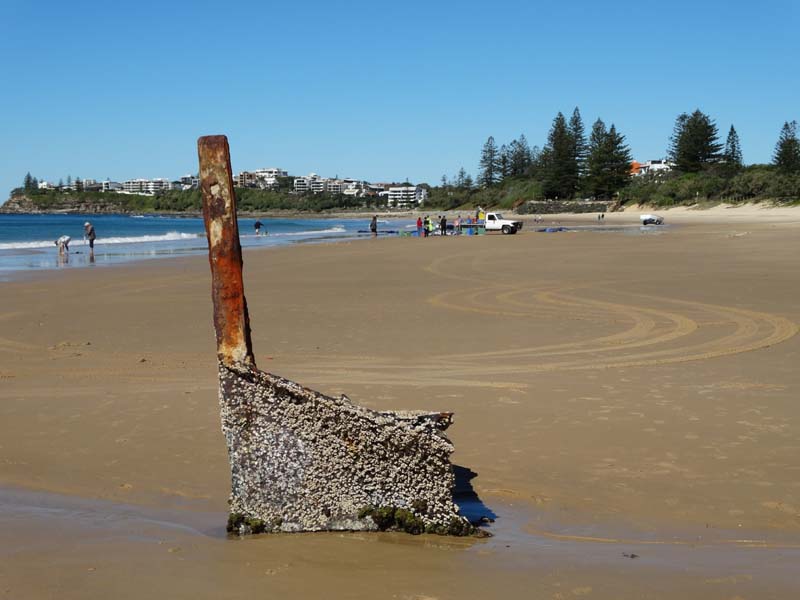
Taken 12th July 2015.
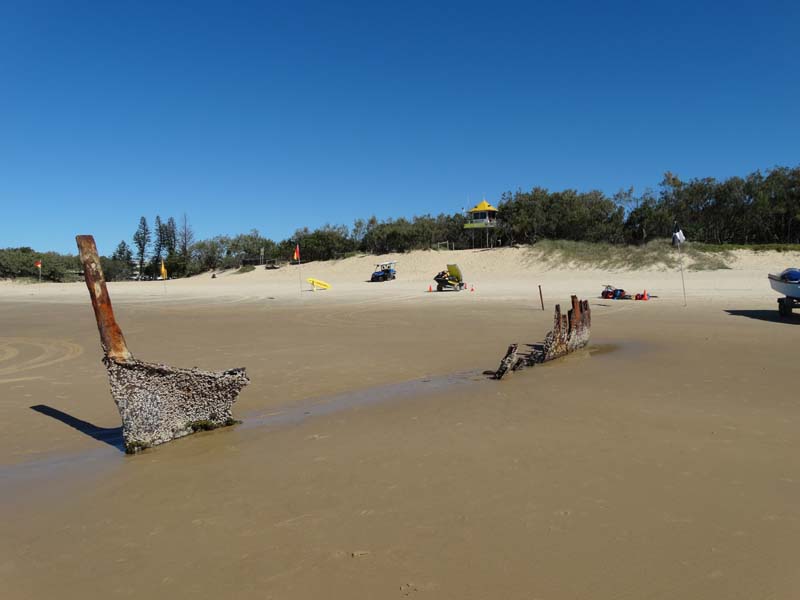
Taken 12th July 2015.
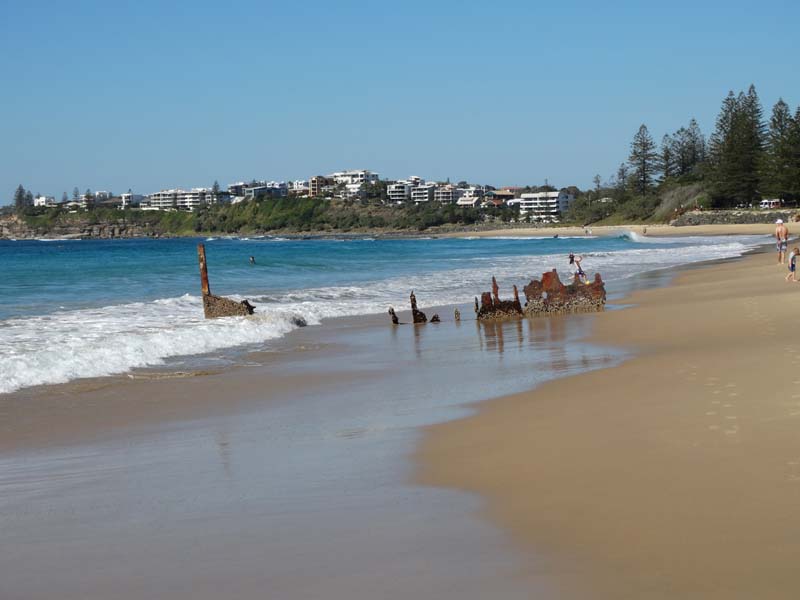
Taken 13th July 2015.
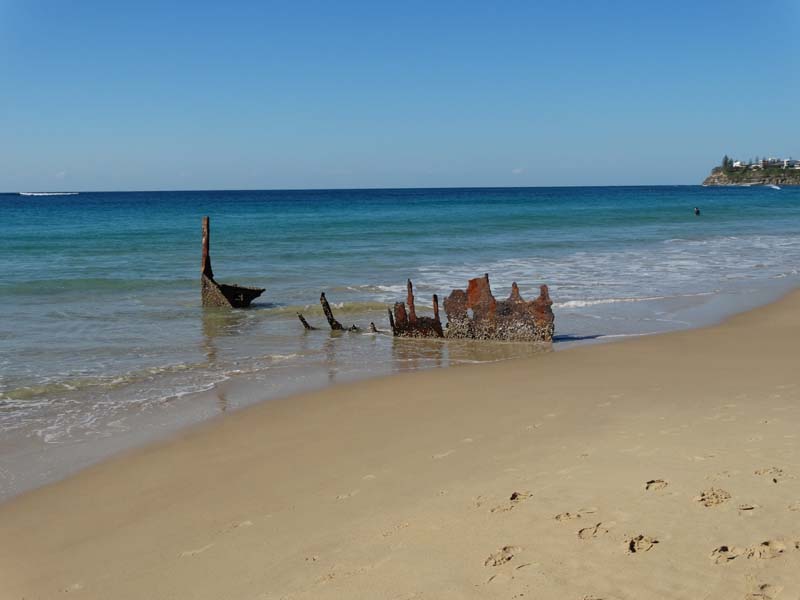
Taken 13th July 2015.
I didn't know that the SS Dicky was being partial removed and missed all the action in the morning, I came down in the afternoon. Thankfully, Colin and Jan were there and took photos and gave me a copy. Thanks Colin and Jan.
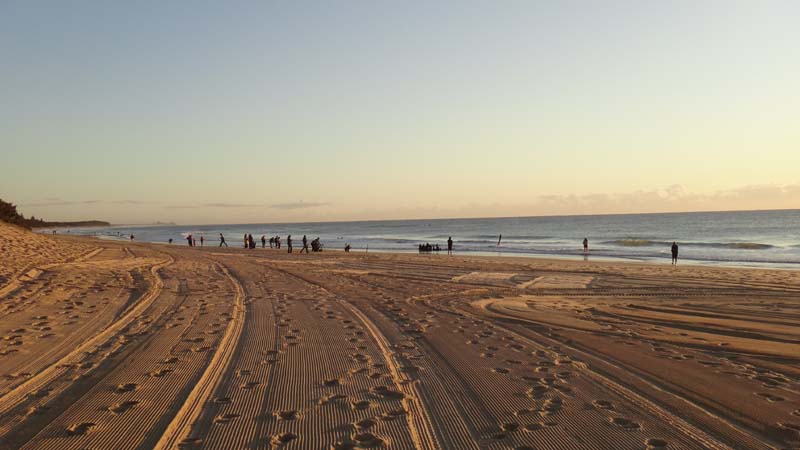
Colin and Jan took this photo on 30th July 2015.
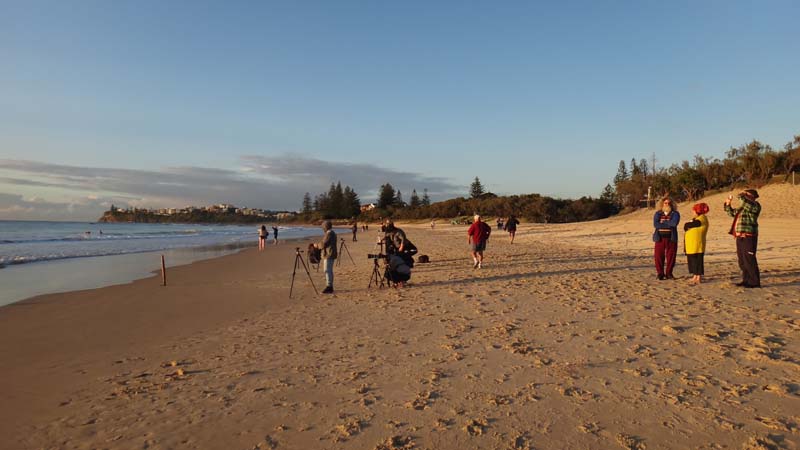
Colin and Jan took this photo on 30th July 2015.
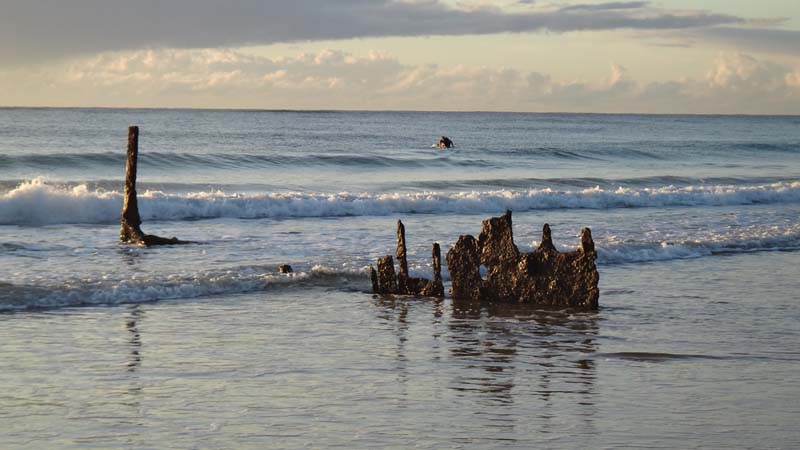
Colin and Jan took this photo on 30th July 2015.
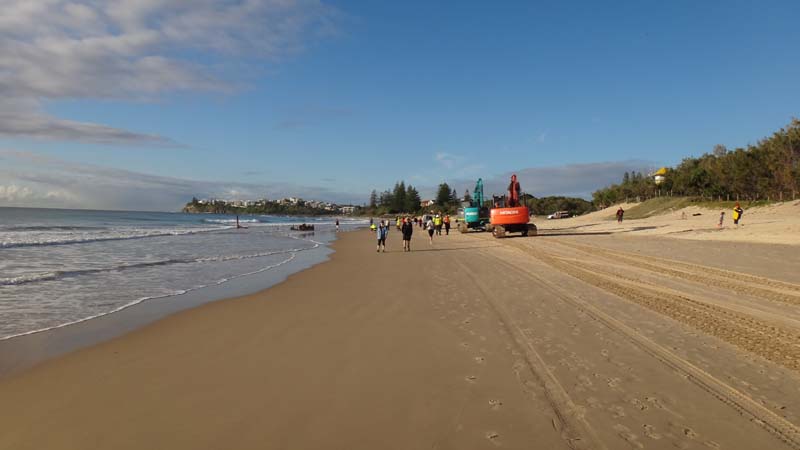
Colin and Jan took this photo on 30th July 2015.
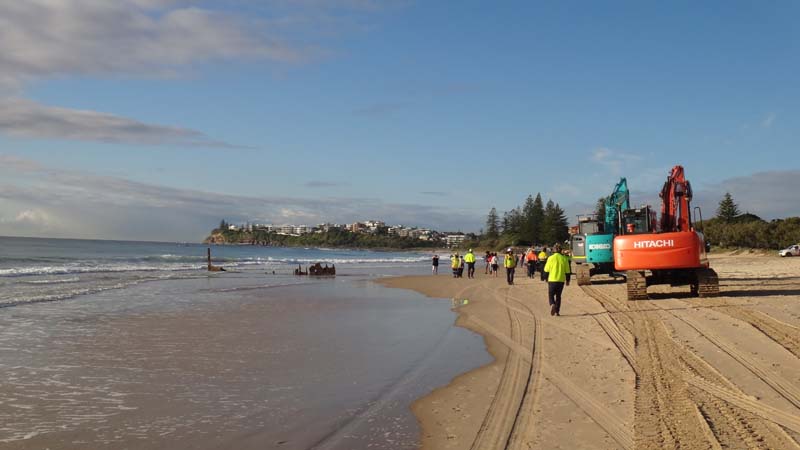
Colin and Jan took this photo on 30th July 2015.
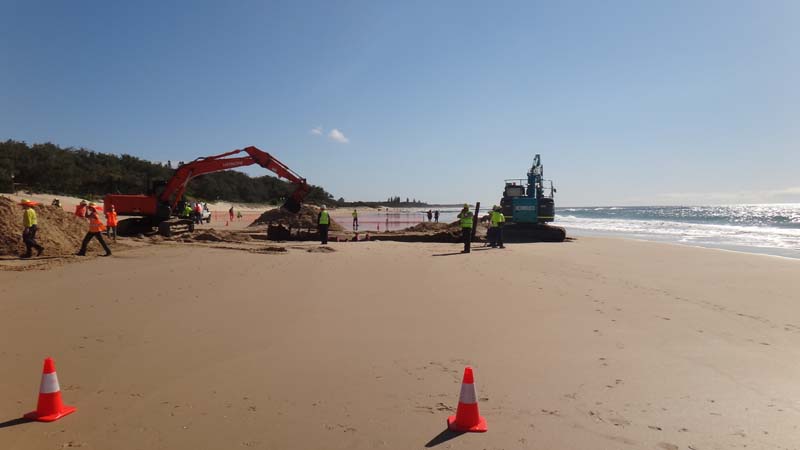
Colin and Jan took this photo on 30th July 2015.
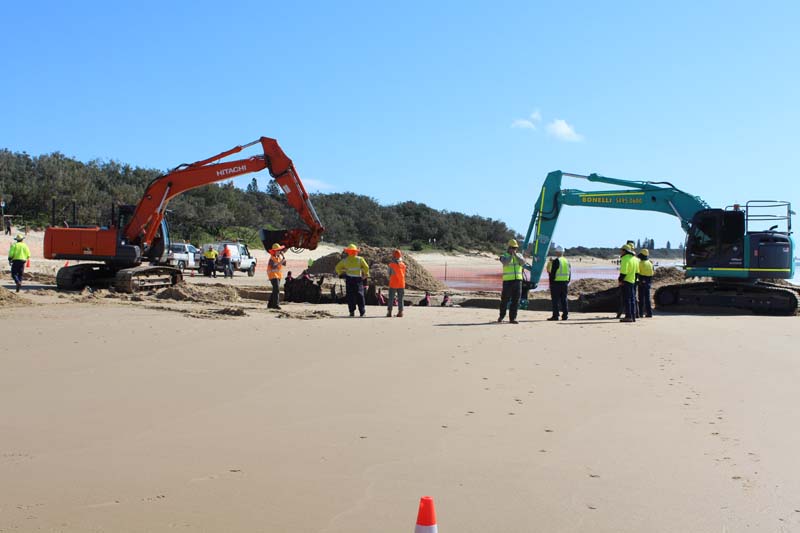
Colin and Jan took this photo on 30th July 2015.
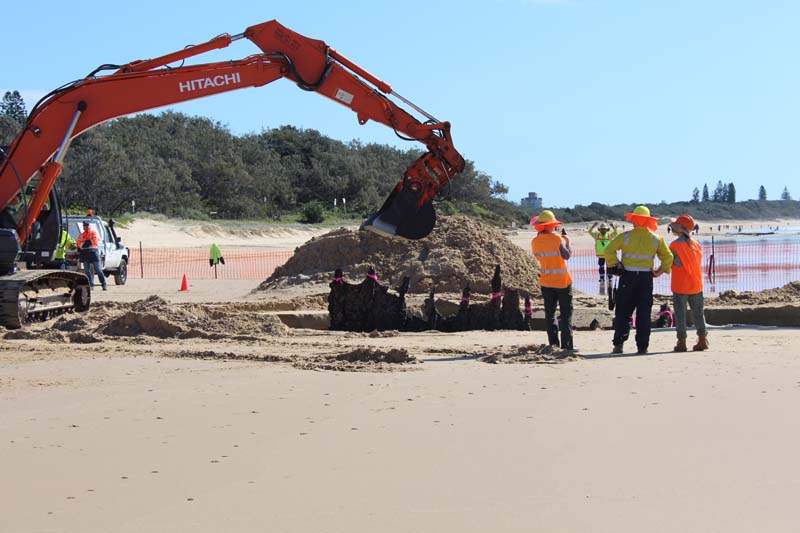
Colin and Jan took this photo on 30th July 2015.
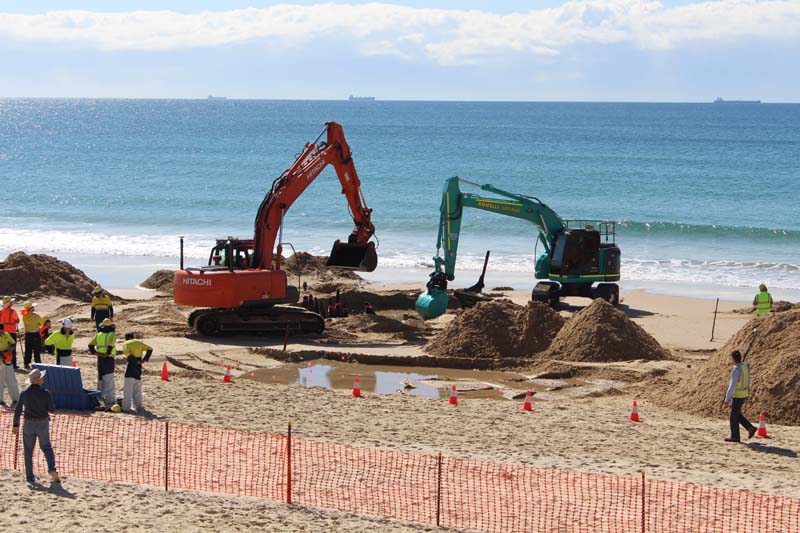
Colin and Jan took this photo on 30th July 2015.
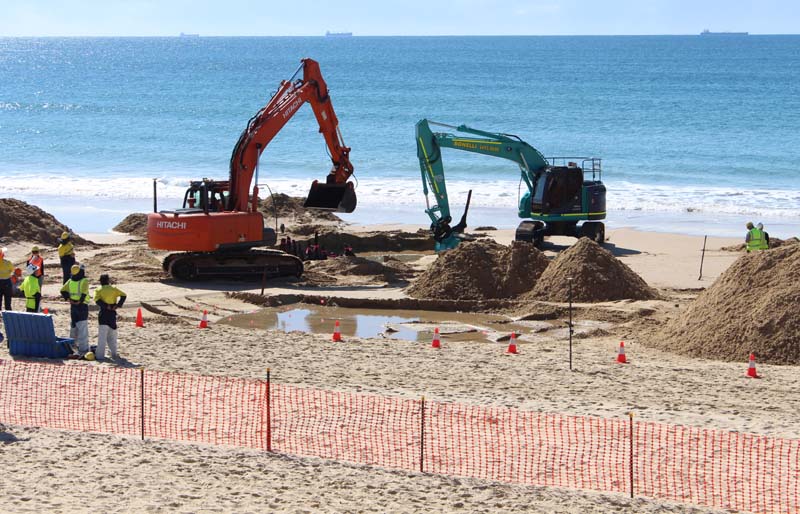
Colin and Jan took this photo on 30th July 2015.
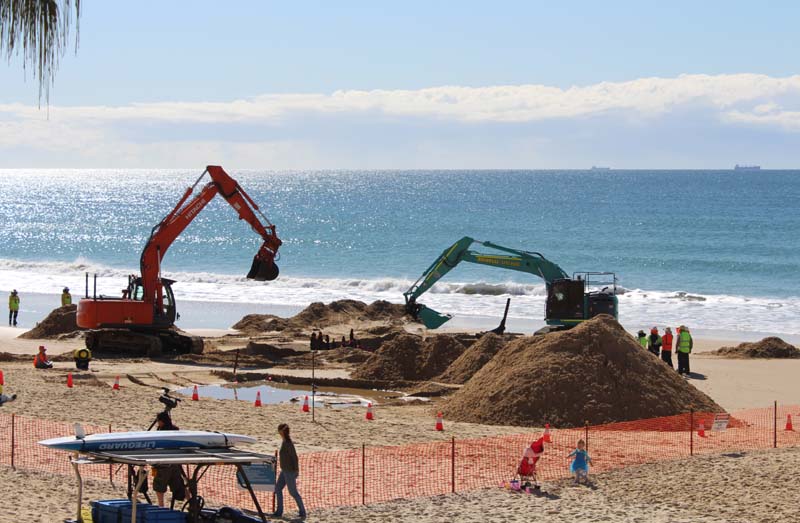
Colin and Jan took this photo on 30th July 2015.
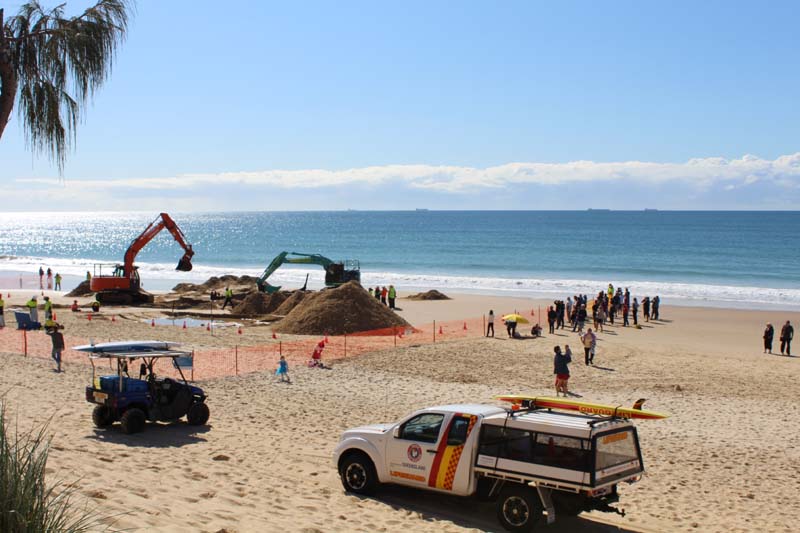
Colin and Jan took this photo on 30th July 2015.
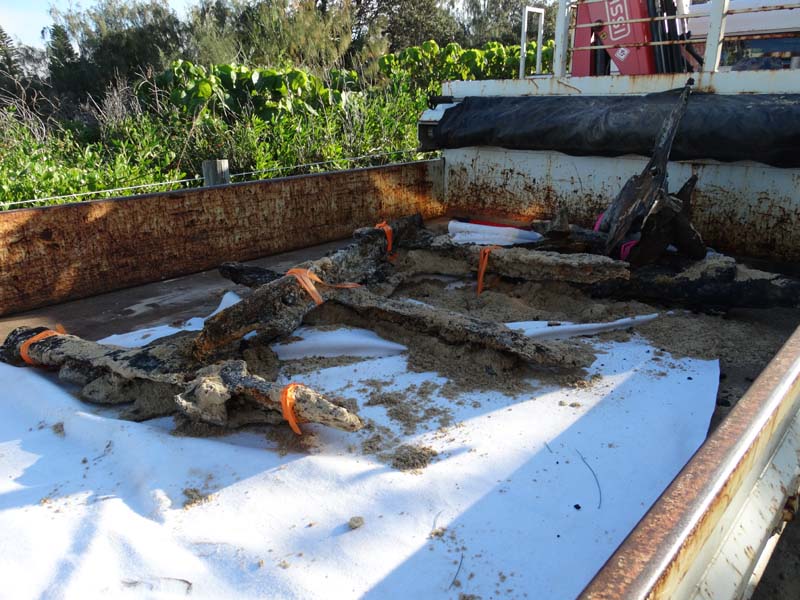
Taken 30th July 2015.
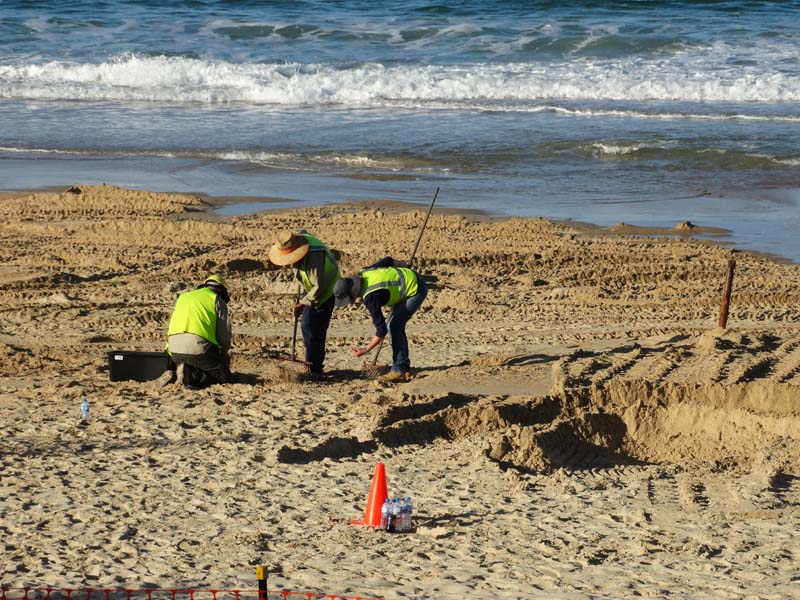
Taken 30th July 2015.
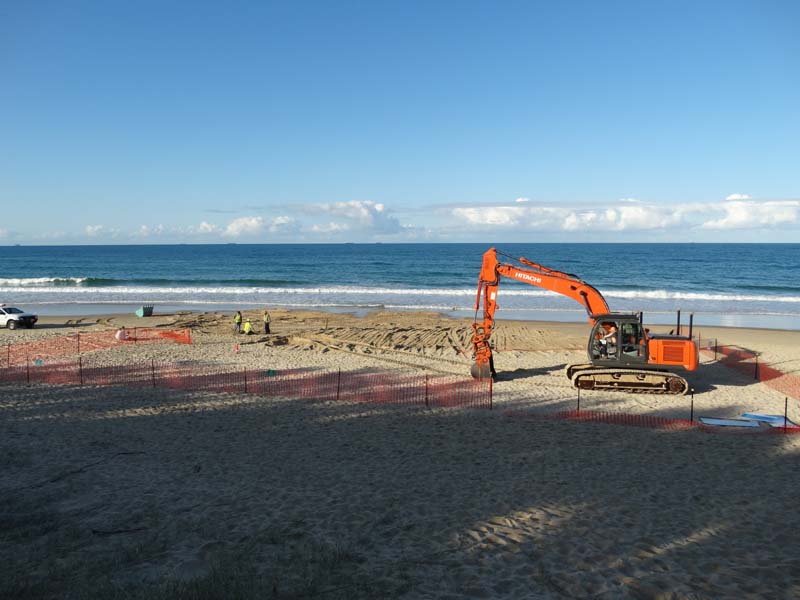
Taken 30th July 2015.

Taken 31st July 2015.
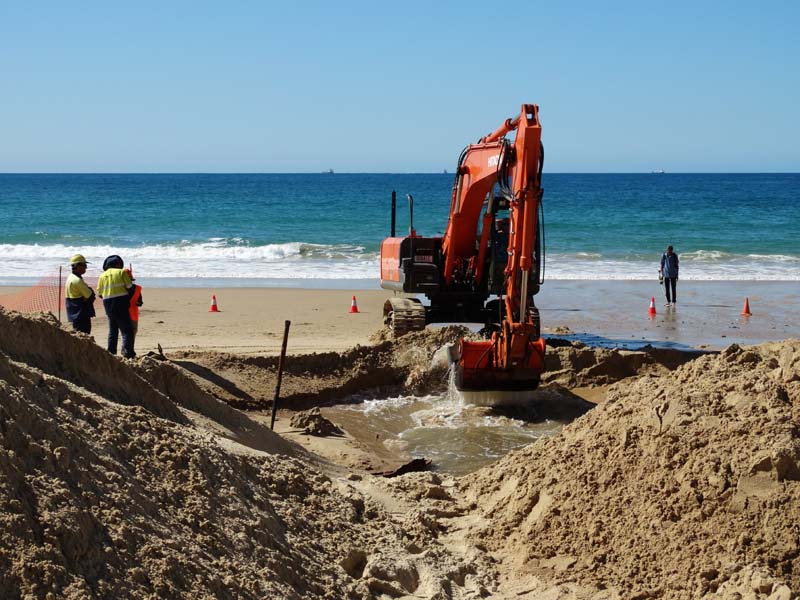
Taken 31st July 2015.
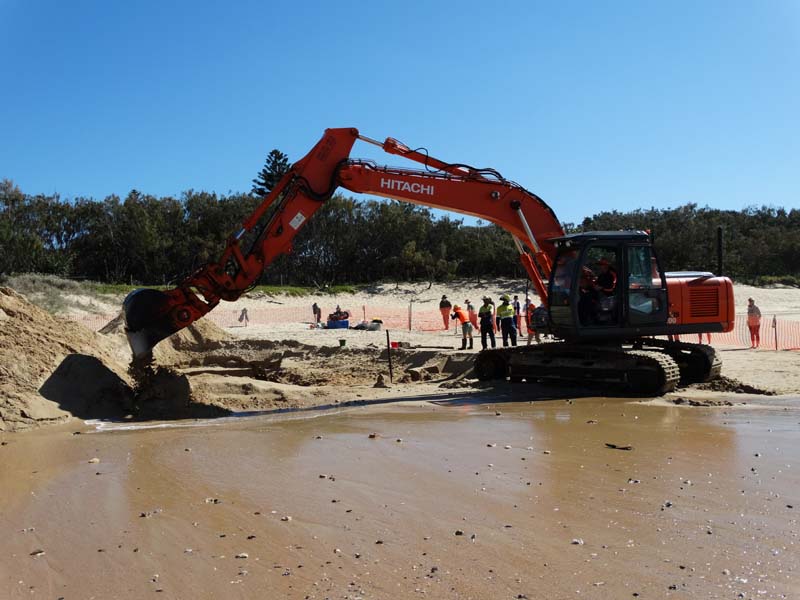
Taken 31st July 2015.
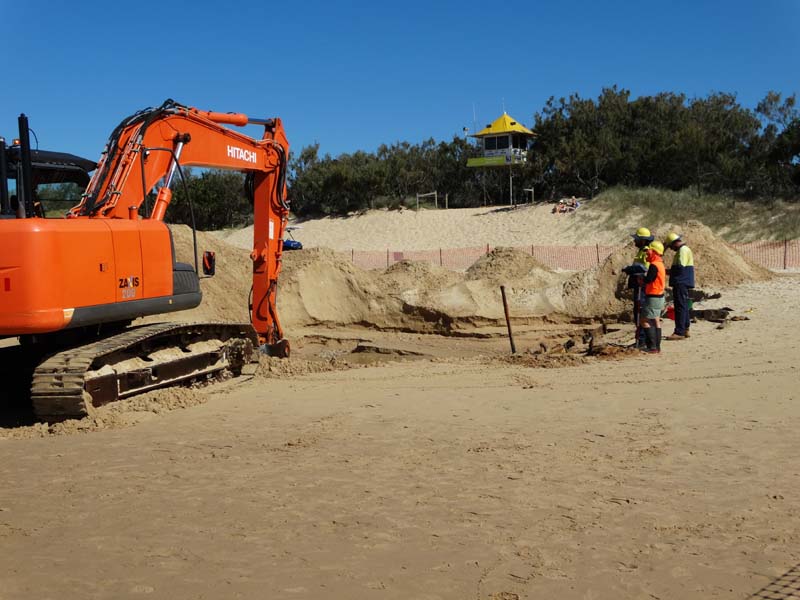
Taken 31st July 2015.
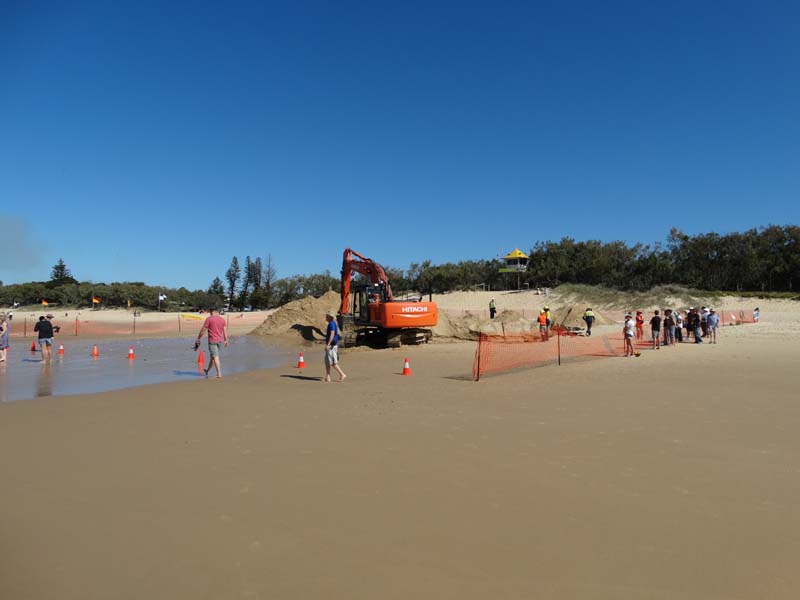
Taken 31st July 2015.
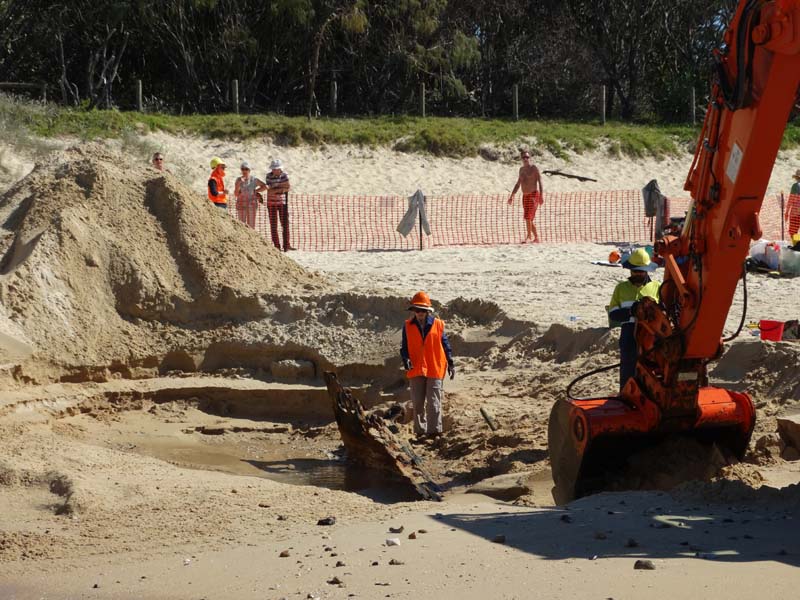
Taken 31st July 2015.
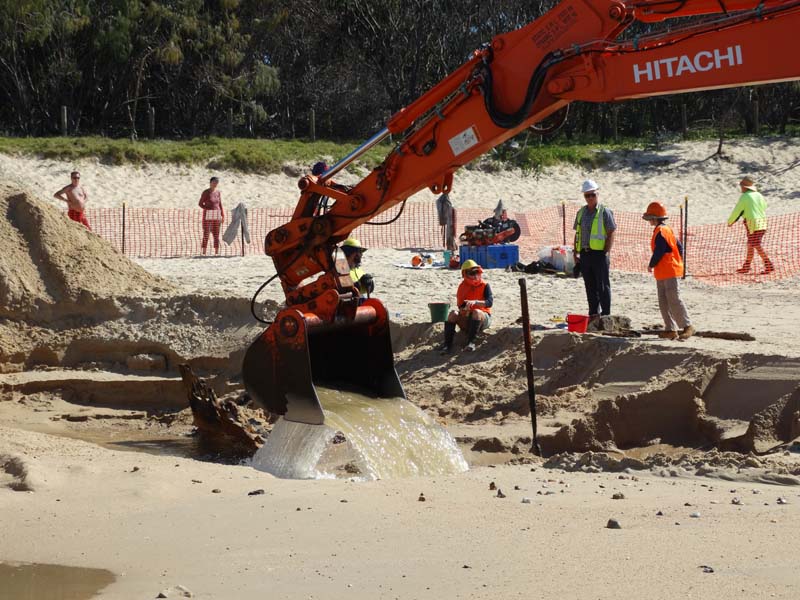
Taken 31st July 2015.
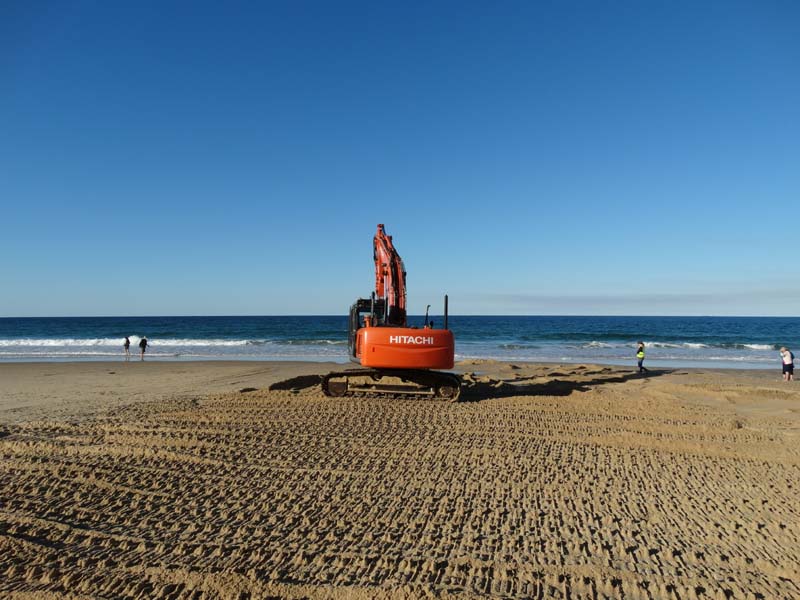
Taken 31st July 2015 - Job done.
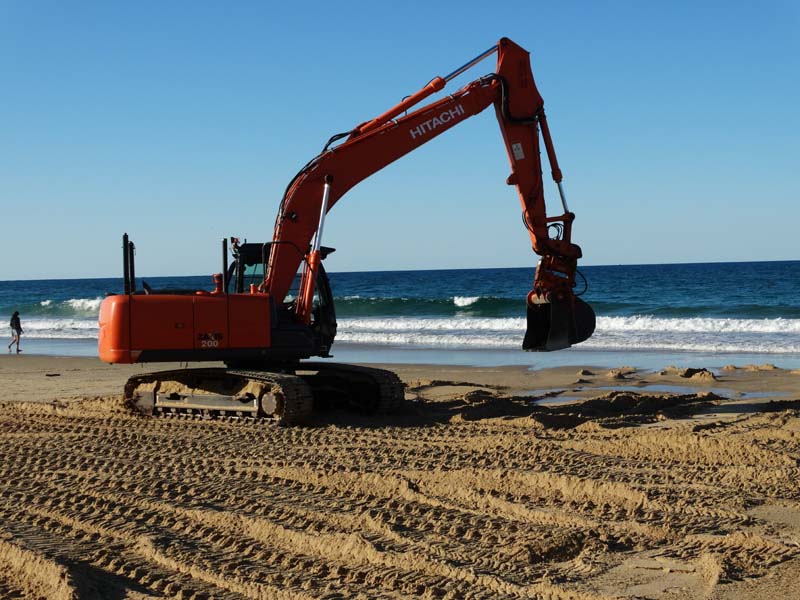
Taken 31st July 2015 - Job done.
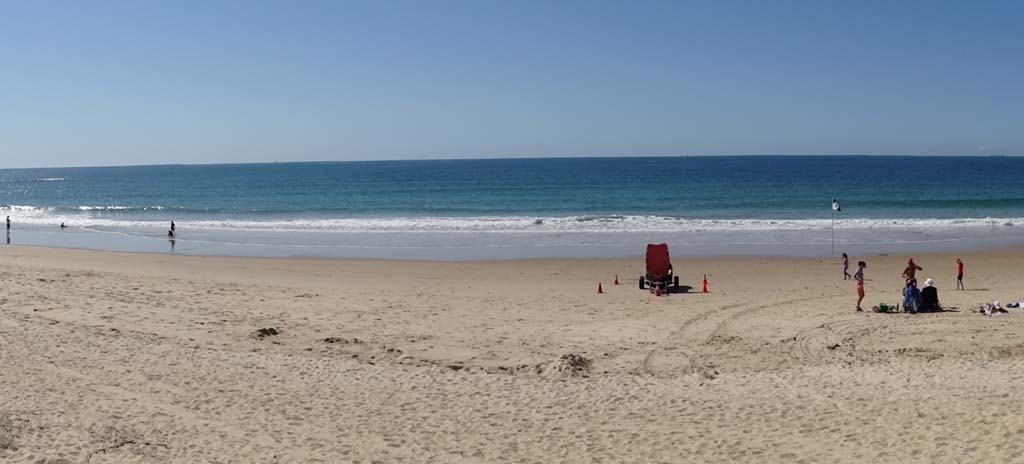
All finished. No more Dicky. Where is it buried? Now very difficult to find.



